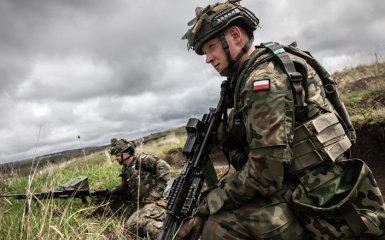According to the journalists of The Telegraph, in the event of an attack by Russia, NATO will not be able to quickly deploy troops due to bureaucratic difficulties and logistical problems.
What stands in the way of NATO's quick reaction in the event of an attack by Russia
The publication notes that in the event of aggression from Russia, NATO will have to move up to 500,000 troops to the eastern borders of the Alliance.
The authors of the material note that the fastest way for such a transfer of a large number of military personnel remains the railway connection.
Rail lines are the fastest and most efficient way to move large quantities of military equipment and vehicles between countries without closing roads. But moving forces across Europe involves navigating a complex web of bureaucracy and unstable infrastructure, and Germany is becoming the main stumbling block on both fronts, the publication emphasizes.
What is known about the vulnerabilities of NATO logistics in Europe
In particular, there is currently no agreement among the EU countries and NATO members on the free movement of military forces through the territory of the Schengen zone.
Customs clearance of tanks and artillery howitzers for entry into Germany, which is considered the crossroads of European defense due to its geographical location in the center of the continent, often takes three to four weeks instead of a few days as in other countries. Diplomatic permission is required for any military movement of more than 50 servicemen and 10 vehicles, the authors of the material emphasize.
In addition, the railways of the EU countries also lack on-board rolling stock to move a large amount of military equipment across the territory of Europe.
Deutsche Bahn has enough capacity to move two armored brigades at the same time, usually consisting of around 85 tanks and hundreds of armored vehicles.
The publication also points out the vulnerability of ports in the Netherlands, Germany and the Baltic states.
Another weakness is moving equipment to the three Baltic states and new member Finland, whose railways operate on Soviet-era narrow gauge.
This means that trains entering Lithuania from Germany have to move equipment to different trains, which significantly slows down movement to any potential front line in a conflict with Russia.




